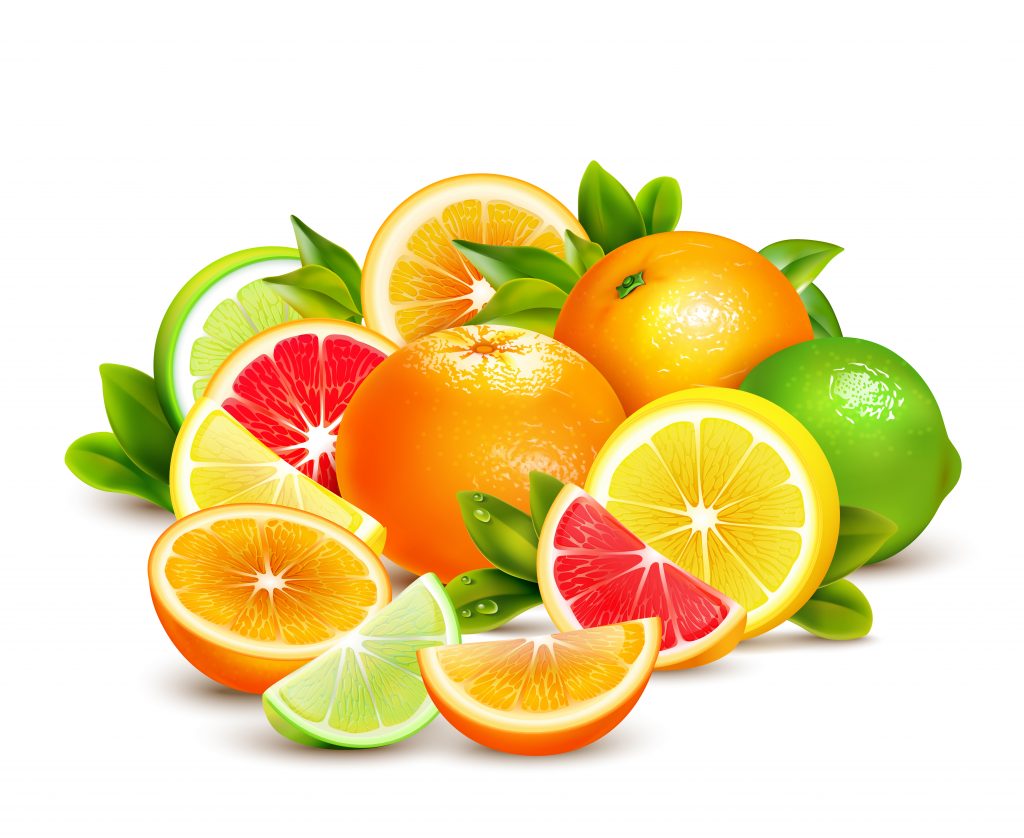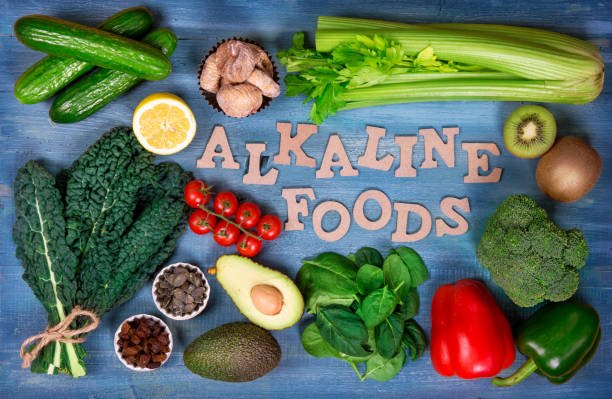When it comes to the workings of these wondrous human bodies of ours, we truly reap what we sow. What we choose to put into our bodies has a profound effect on how it chooses to support us and perform for us. Our modern convenience food diets are riddled with acidic and overly processed foods that are harmful to our health. Things that we may have grown up with—meats, dairy, and coffee—are robbing us of our strength and vitality at every meal.
Dangers of acidic foods:

Our bodies strive to maintain a delicate PH balance throughout the day; this eliminates the acidic ash that can take its toll on bones, tissues, and organs that might otherwise function to support us. A body that is placed in a chronic, highly acidic state is more prone to disease, weight gain, and even a shorter life span.
An alkaline diet rich in fresh, whole, organic foods becomes the very lifeforce of the body as it rebalances the PH and gives the body a chance to heal and regenerate itself. While it may seem at first that making the switch from acidic foods to alkaline foods is going to saddle you with culinary limitations and all sorts of unpleasantness, the feeling you will experience when you give your body a chance to “sigh” will be worth any comfort foods that you will be giving up for this new lifestyle. Whether you have been recently diagnosed with a chronic illness, or you simply want to improve your quality of life you owe it to yourself to give alkaline foods a chance. Here are some ways they can benefit you and your marvelous body:
1. Alkaline foods eliminate fatigue issues:
An excess buildup of acid in the body depletes its natural store of oxygen; as a result, the body feels fatigue and so do you. Cells don’t function as they should, and every system is working harder than ever to dump toxins and breathe once more. Switching to snacks that are alkaline in nature will reduce acidic buildup and release life-giving oxygen back into your system once more.
2. Alkaline foods strengthen the immune system:
An imbalance in your PH levels weakens your body’s ability to fight off disease and infection. Bacteria and viruses thrive in an anaerobic, or low-oxygen environment. Increasing your intake of alkaline foods brings more oxygen back into the body, battling disease and viruses and strengthening all systems.
3. Alkaline foods reduce inflammation:
An acidic body is an inflamed body; when you have a buildup of acid in your body, you are prone to the development of chronically acidic and diseased states such as heart disease, arthritis, and even cancer. Bringing alkaline rich foods into your diet will reduce your risk for the development of these diseases and bring inflammation under control.
4. Alkaline foods strengthen bones and tissues:
As we age, our bodies naturally pull calcium and other minerals from bone material to balance our body’s PH. As a result, we grow gradually weaker and more prone to illness and injury. Consuming alkaline foods puts much-needed calcium back into our bodies and restores our strength and vitality in natural and healthy ways.
5. Alkaline foods can prevent the occurrence of cancer:
Cancer cells thrive in an anaerobic environment, and by bringing alkaline foods into your diet, you increase the healing properties of vitamins, minerals, and vital oxygen that makes it difficult for cancer cells to multiply and grow. When you give your body the natural tools that it needs, the wonderful self-healing mechanisms present in your makeup go to work on their own, bringing your body into a state of balance once more.
6. Alkaline foods can help you lose weight…and keep it off:
Giving your body the vital nutrients it needs through nutritious, whole foods is always preferable to the Standard American Diet, or S.A.D., for short. When you replace high-calorie acidic items like pizza, chips, cookies, and soda with high-quality fruits, vegetables, whole grains, and legumes, the equation is so simple. You’ll experience permanent and lasting weight loss and you’ll feel great!
7. Alkaline foods improve your quality of life:
There are the whole brain, whole body benefits to eating alkaline foods–they heal and repair body tissues at a cellular level, they help to flush out harmful toxins that might slow you down, and they provide the energy necessary to lead a healthy and active life well into your later years. Alkaline foods can improve how you look, how you feel, and what you experience as your body gives back to you based on the wonderful, life-giving foods that you feed it with.
Is An Alkaline Diet Right For Me?
No matter what diet you choose to follow, it has to be manageable and sustainable in order for it to work. If you are going to derail yourself two weeks after starting an alkaline diet with a cheeseburger and fries, then perhaps going all in isn’t for you right now. Making small, deliberate changes to your diet and assessing how you feel will help you create healthy habits for long term success. Many people become overwhelmed at the thought of having to replace everything in their diets; finding some tried and true alkaline diet snacks that you can use for a quick and healthy pick me up in between meals is one way to begin establishing new habits that will move you toward better health. Examples of healthy alkaline snacks include:
- fresh veggie sticks and hummus
- celery sticks with almond butter
- avocados with fresh salsa
- green juices
- smoothies
- nuts, seeds, and berries
- lara bars
- chia pudding with fresh berries
Once you see how tasty and filling these new foods can be, it will become easier and easier to incorporate healthy, life-giving foods into your diet.
Are you ready?
Get ready! You are about to embark on an exciting journey to delicious food and better health. You’ll experience vibrant energy, improved mood, and you’ll feel better than you have in years. Don’t look at all the things that you “can’t” have on your new journey, focus instead on how much better you’ll look and feel with a few simple changes and a whole new positive outlook on your health. Best of luck to you on your alkaline journey!
Read Also:
- You Can’t Out-Diet Your Training
- 9 Magical Benefits Of A Vegetarian Diet
- Easy Diet Tips To Summer Six Pack Abs
- Foods To Eat On A Low-Carb Ketogenic Diet
- Choosing A Diet Based On Your Personality Type
- 11 Foods You Must Incorporate Into Your Diet For Great Skin
Featured Image: istockphoto.com
























